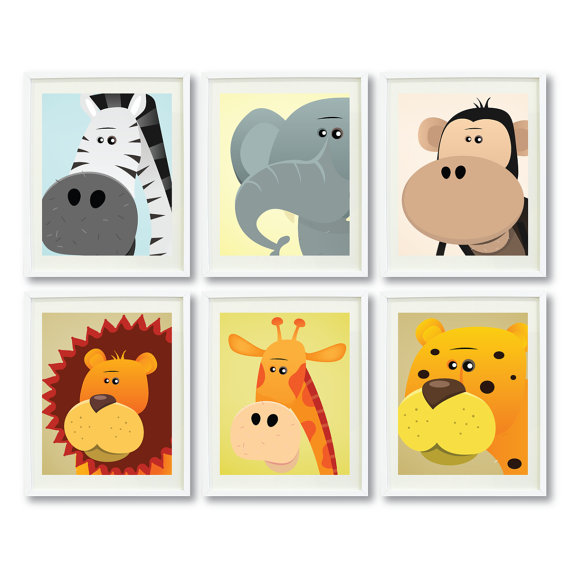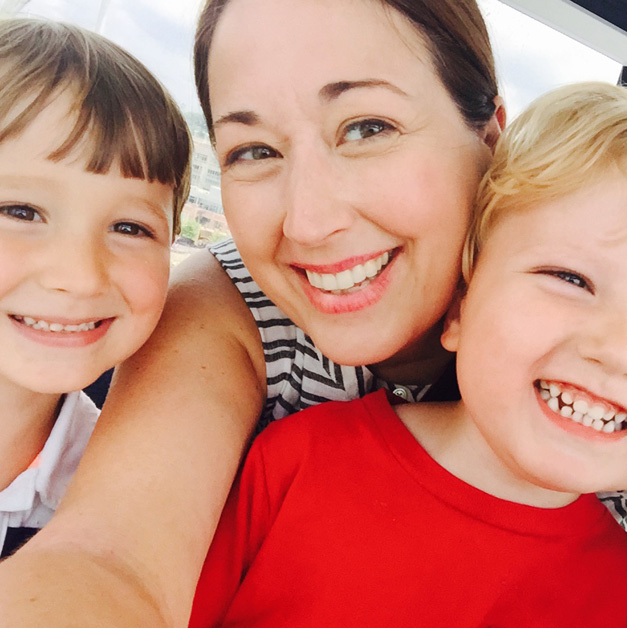Ever wonder why preschool teachers tend to use theme weeks? Is it just because it makes it easier for them to come up with activities, crafts and books? As you might have already guessed, there is much more to it than that.
Contextualize learning is teaching a variety of concepts (math, science, shapes, numbers) during daily living activities in real-life or workplace environments. Emphasis is placed on focusing on the individual’s interests and attempting to teach the curriculum within these areas. Learning is further enhanced when children respond and react to new information presented based upon their previous life learning experiences. Since each child’s experiences are different, all of the children learn from each other by building on the myriad of individual ideas that an entire class can bring forward into the learning experience.
What we know…
Research has proven for years, with new studies being published each year that this way of teaching incorporates the best-practice methodology. The focus of learning is on developing a skill set in a naturally occurring activity and not on drill-based, route learning tasks. The Contextual Learning Theory states that learning happens only when the learners processing of new information makes sense to them based on their own existing memories and experiences. The mind is thought to always be looking for meaning in context as it relates to its environment as well as what it might see as useful in the child’s life.
What does this mean for me as a mom, dad, caregiver?
Think about the skills you want to teach your children. Are you working on identifying colors?, recognizing the letters of the alphabet?, learning to categorize?, build vocabulary? Whatever the task/skill is, think about how you use it in your life as well as how your little one might use it in theirs. Use this to build your lessons or activities.
For example…
Recently, I knew that my family was going to take a trip to the zoo for the 4th of July. As a speech pathologist, my first instinct is that this a great environment to use as a backdrop for learning and practicing the academic and language-based skills I have been working on with my daughter at home. Therefore, knowing this, I thought of what things she could learn at the zoo as well as how these concepts would fit in to her development. My child loves animals and we are working on the concept of same vs. different/opposites. So, while at the zoo, the zebras, giraffes and elephants were all in the same habitat area. We discussed how they were all the same (four legs, tails, lived in Africa) and different (spots/stripes/solid color, big ears/little ears, short/tall). These concepts helped her learn about the different animals characteristics and features, but they also helped her brain organize and understand the concept of same vs. different as well as how it will be useful to her in daily life.
Not planning a trip…not a problem!
Everyday life activities provide multiple opportunities for learning if we just stop for a second to think how they could be adapted or slowed-down a bit for our kiddos to see new information within this framework.
Let’s consider doing the laundry…I am sure your washer and dryer goes a least one time a week, right? How could you involve your child in this very route and monotonous task for us as adults, but keep it a fun everyday event for your children? We sort by colors or textures first while we organize the loads. Next we can count the pieces as they go into the washer (or count the piles to determine the big, bigger or biggest load). Further, measuring the detergent will require either reading the label (or looking for letters to help mommy read the label) and pour (a good fine motor skill) to the line.
Good gross motor activity includes taking the laundry out of the washer and into the dryer (could even incorporate science into the mix by coming up with different, silly ways to move the clothes and determine by predication/hypothesis and then conclusion which way was the most efficient). After they are dry, sorting can take on all kinds of language and concept goals: match same vs. different for matching sock pairs, big vs. little for daddy’s shirts vs. child’s shirts, line up clothes in size order (daddy’s, mommy’s , child’s), seasons (hot vs. cold weather), etc.
Now that we’ve talked about it, are you thinking of more ideas for this laundry task? What about some other household chores? Dishes? Putting groceries away?
Tell us how you use contextualized learning in your life? We want to celebrate you!
Building Speech & Language is Fun!




